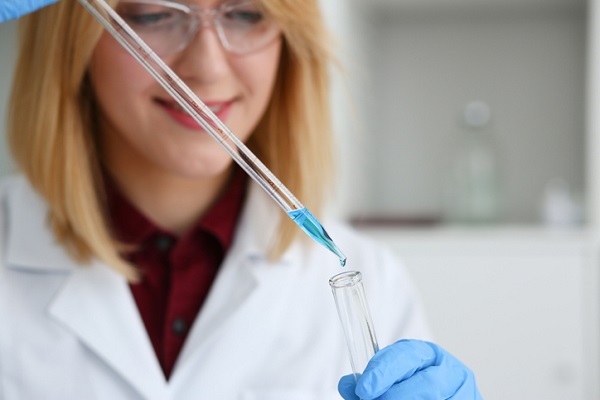
What is Quality by Design (QbD)? It’s an approach to pharmaceutical product development, where an objective is defined prior to starting the process and quality is instilled before manufacturing.
Risk assessment and management are a priority and are used as the basis for process control. This can help to:
- Shorten development times
- Improve manufacturing quality
- Further assure safety and efficacy of pharmaceutical products
While it takes more time at the beginning of a process, it allows for less stop-and-start along the rest of the development journey. Quality is implemented directly into the workflow, taking into account how the product’s characteristics may change or be affected throughout the process.
Read on for three facts about QbD that may be of interest to students in a quality assurance and quality control program.
It Prevents Sub-Standard Products from Being Created
As you will learn in your quality control courses, testing for chemical changes helps to ensure that products meet high quality standards.
What is Quality by Test (QbT)? Quality by Test (QbT) preceded QbD. With QbT, the product is manufactured, then tested, then it is determined whether or not the product meets standards. If it doesn’t, the manufacturing process is started all over again.

In QbT, products are tested after they have been manufactured
With QbD, a quality target product profile is determined first, then risk and data assessment take place to determine what could affect the product along the manufacturing process.
After manufacturing has started, Process Analytical Technology (PAT) is used to monitor the product throughout manufacturing. By taking care of risk assessment ahead of time, quality is implemented into the process from the beginning. This prevents many sub-standard products from being made at all, rather than removing them after they’ve been made.
As pharmaceuticals progress and products become more complicated, this more comprehensive, data-driven approach will further lower the risk of unsafe products being sent to market.

QbD may be especially valuable in the manufacture of complex products
It Offers Risk-Based as Opposed to Empirical Quality Assurance and Quality Control
The risk-based approach of QbD contrasts with the reliance on empirical evidence of QbT. By focusing only on observation of results, fewer opportunities are taken to ensure that mistakes are avoided in QbT.
QbD maintains observation of results, in particular using PAT, but doesn’t simply rely on product testing after the fact.
Critical Quality Attributes are taken into account with QbD to determine what chemical, physical, and biological attributes need to be monitored and measured continually, to guard the quality of the products. This means that quality assurance and quality control is improving as a field, with better methods to safeguard and protect patients from any potential harmful errors in drug development.
It’s an Upfront Investment in Quality Assurance and Quality Control Procedures
QbD is an upfront investment in drug development. With this method more time, money, and resources are required for a drug before it has even begun manufacturing. However, if these resources are invested up front, less of them will be required later in the process.
It also increases efficiency of workflow, meaning that the drug can ultimately be finished earlier on than it would have without this approach. So, it’s also an investment in efficiency, hopefully decreasing the cost and time needed to manufacture the product.

When the bulk of risk management is done upfront, workflow runs more smoothly
Are you curious about pharmaceutical school?
Contact AAPS for more information!



